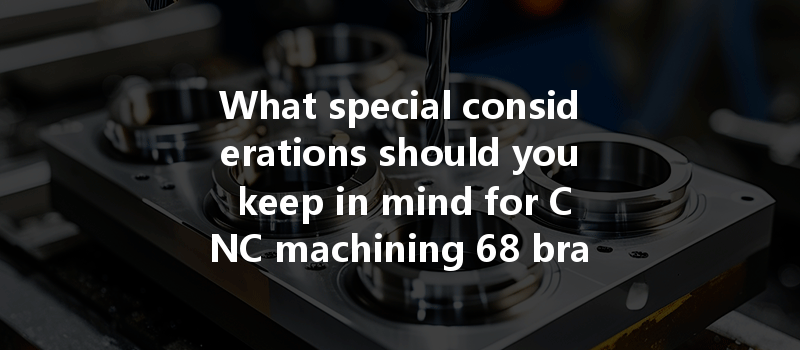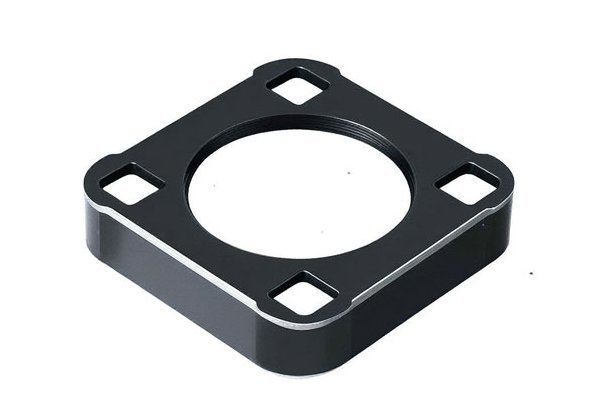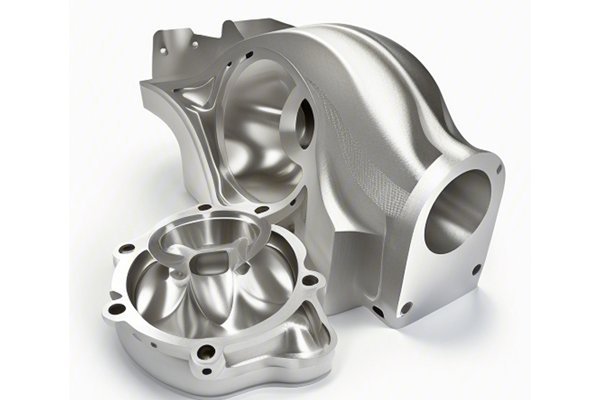Opening
Did you know that brass, a metal alloy primarily composed of copper and zinc, has been in use for thousands of years and features outstanding workability and durability? Among various brass grades, 68 brass (also known as C27400) stands out due to its unique characteristics, which make it a preferred choice in numerous CNC machining applications. But what specific considerations should you keep in mind when machining this alloy to ensure efficient production and high-quality results?
In this comprehensive guide, we’ll delve into the fascinating world of CNC machining 68 brass, touching on its properties, equipment needed, challenges and solutions, and best practices to ensure that your finished parts meet stringent quality standards.
Understanding 68 Brass: Its Properties and Applications
Before diving deep into the machining techniques, it’s essential to understand why 68 brass is a material of choice for many manufacturers. 68 brass is known for its excellent corrosion resistance, good thermal and electrical conductivity, and high workability. Some notable applications include:
Chemical Composition
68 brass’s chemical composition is mainly copper (around 68%), zinc (up to 32%), with minute quantities of other elements, including lead, to enhance machinability. Understanding its composition is critical as it influences machinability, oxidation resistance, and overall performance.
CNC Machining Considerations for 68 Brass
Choosing the right tools is paramount. Carbide tools are often recommended for machining 68 brass due to their hardness and wear resistance. However, cobalt-tipped or high-speed steel tools may also be applicable in specific scenarios. It’s crucial to inspect tools frequently for wear to avoid tool failure during machining, which can compromise both quality and safety.
Optimizing cutting speed and feed rate is essential when machining brass. A cutting speed of around 100-200 feet per minute is often ideal. Feed rates should be adjusted based on the complexity of the part and the type of operation (turning, milling, etc.). Finding the right balance can help prevent overheating and prolong tool life.
While 68 brass produces chips easily, the cutting process can generate considerable heat, leading to tool wear. Implementing effective cooling and lubrication can increase efficiency. Water-soluble cutting fluids are often used, but oil-based coolants can also serve effectively by reducing friction and heat.
Thin, stringy chips can be a common challenge when machining brass. Effective chip removal strategies should be in place to prevent chips from re-entering the cutting zone, which can cause tool damage and surface finish issues. Utilization of chip breakers or a proper vacuum or chip removal system is often beneficial.

Challenges Faced in CNC Machining 68 Brass
Achieving a smooth surface finish can sometimes pose a challenge. It is vital to monitor cutting speeds, feeds, and tool conditions closely. Any inconsistency in these factors can lead to a poor finish. Regular maintenance of the CNC machine and tooling can help mitigate this issue.
Maintaining tight tolerances is crucial for many applications of 68 brass. Implementing tight process controls and advanced CNC programming techniques can help guarantee that parts remain within specified tolerances, avoiding costly rework.
Machining processes can generate heat, which may result in the thermal expansion of parts, affecting precision. To manage this, implement heat dissipation techniques through effective cooling and consider adjusting machining parameters to minimize thermal buildup.
Best Practices for Machining 68 Brass
Conduct thorough pre-machining inspections to identify any irregularities in the brass stock. This will allow you to address any issues prior to beginning the machining process.
Employ programmable CNC machining techniques to automate processes and ensure standardization. This can also reduce variability and human error in machining operations.
Integrating sensors and feedback loops into your CNC systems can help monitor real-time conditions, enabling instant adjustments in machining parameters and improving quality control.
CNC machining 68 brass presents incredible opportunities for manufacturers across industries, but it comes with its own set of challenges and technical considerations. By understanding the metal’s properties, optimizing tools and processes, and adhering to best practices, manufacturers can achieve high-quality results with reduced downtime and cost.
This blog serves as a valuable resource for those involved in CNC machining, highlighting the engineering principles and practical strategies necessary for successful operations. In the ever-evolving landscape of manufacturing, embracing the complexities of materials like 68 brass not only enhances productivity but also underpins innovation in product development. Always remember, the key to machining success lies in a detailed approach facilitated by a thorough understanding of not just the material, but the entire machining process.
By keeping these considerations in mind, you’re not just machining parts; you’re contributing to the development of advanced engineering solutions that power our industries today. It’s time to elevate the efficiency and quality of your CNC machining processes!






